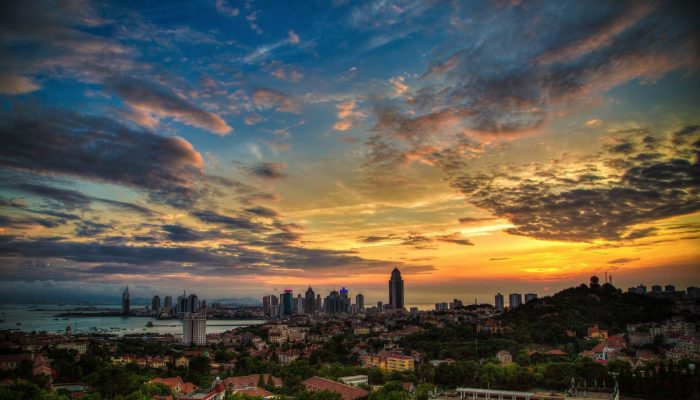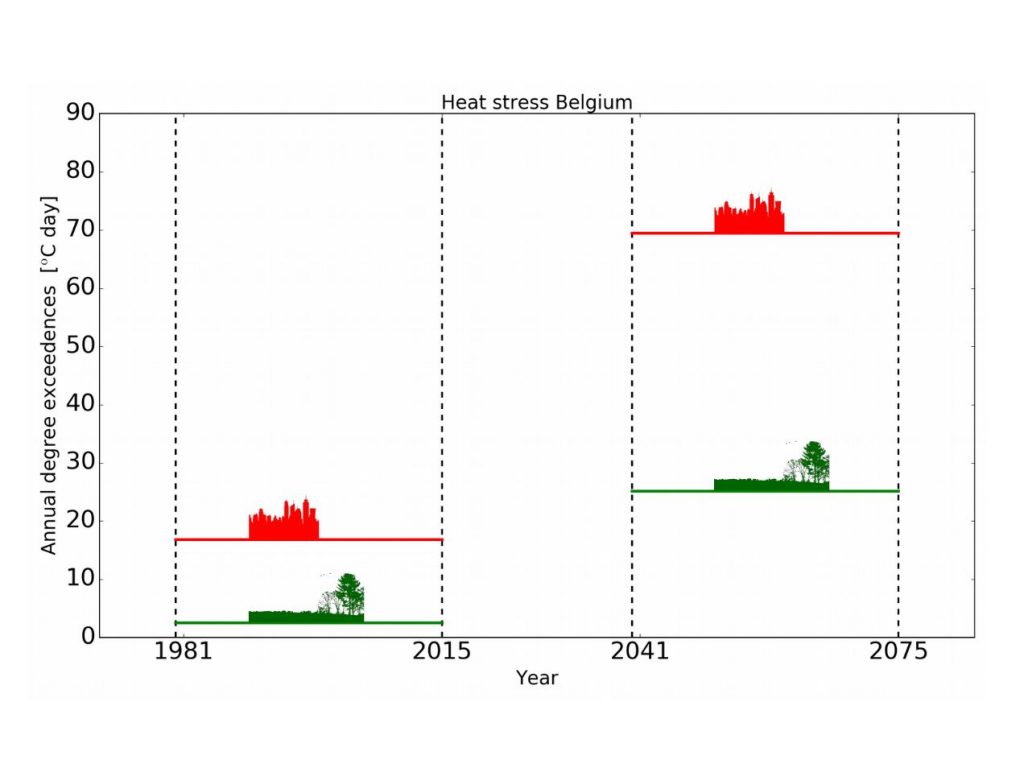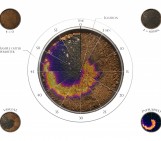
The effects of climate change are being felt all over the world but towns and cities are feeling most hot-under-the collar, a new study finds.
Cities are usually warmer than their surroundings due to the urban heat island effect where artificial surfaces absorb more heat than their natural counterparts. Coupled with the loss of the shady effects of trees, urban areas regularly record the hottest temperatures around.
However a study by Dr Hendrik Wouters and colleagues from KU Leuven in Belgium has found that cities are getting even hotter from the effects of climate change with an increase in heat-waves.
Heat-waves are periods of time where temperatures exceed the ‘normal’ high levels. These events are already problematic in urban areas causing power surges, excessive hospitalisations and even deaths.
Wouters and colleagues have investigated how much worse this problem is likely to get as extreme weather events become more common.
Speaking at a press conference at the EGU 2017 General Assembly on 25th April, Wouters said ‘we look at how much temperature levels are exceeding during heat waves‘. Using the expected average temperatures, the climatologists can calculate a threshold of ‘normal’ temperatures and then quantify how often these values are exceeded.
This information was gathered for the whole of Belgium over the 34 years prior to 2015. In rural areas this ‘alarm’ threshold was exceeded at least twice. In urban areas the heat-stress was considerably higher- up to 16 exceedances. Overall, heat-stress was twice as large in cities for the mid 21st century.

Cities (red) show much higher annual degree exceedances than rural areas (green). These exceedances are set increase into the future. (Wouters et al., EGU 2017).
In order to anticipate how much worse this problem might get, the group have modelled heat-stress events for the next 58 years. Wouters was keen to highlight that the severity and frequency of the events is dependent on many factors: ‘There is not only one scenario for the future, it depends on how many greenhouse gases we emit and how much land change will evolve in the future.’
In an extreme scenario, where greenhouse gas emissions and urban growth increase, as many as 25 days in a year could exceed alarm levels by up to 10 degrees celsius. However, if we start to reduce our emissions, the heat-stress problem is likely to stay at current levels.
By Keri McNamara, EGU 2017 General Assembly Press Assistant




Patrick Morton
its sad, well, humanity asked for it, and they will get what they want !!!im so sorry for the future generations, they will pay dearly for the mistakes and stupidity of this generation. At least i am not leaving offspring,